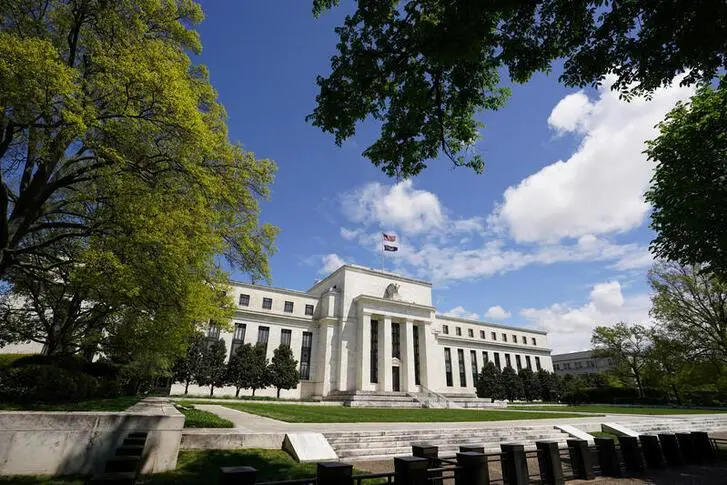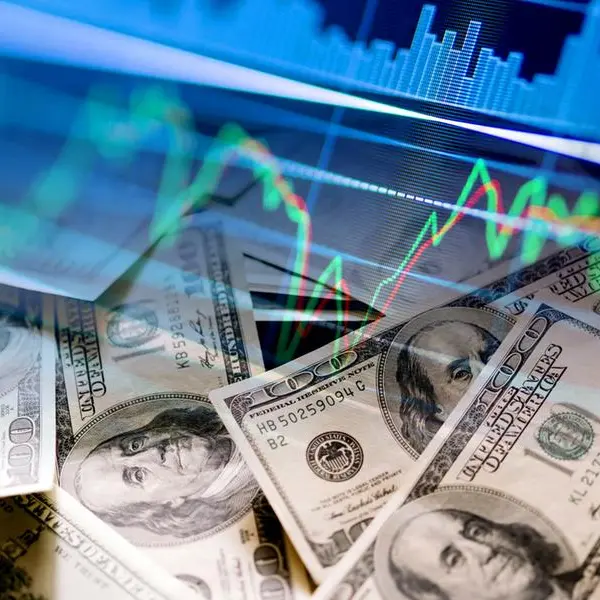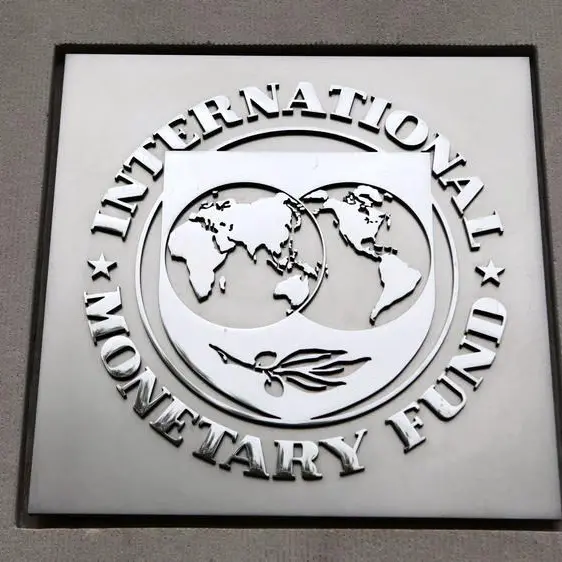PHOTO
The dynamism of the economic recovery from the pandemic triggered recession has surprised not least the Central Banks. At the same time, a decade of lingering deflation pressure has created a rarely seen tolerance of higher inflation by major Central Banks.
The Federal Reserve and the European Central Bank (ECB) are most explicit in this respect by including tolerance for inflation overshooting in their monetary strategy. The cautious approach to withdraw monetary stimulus has for sure its merits. Financial conditions have been a tailwind for economic growth throughout the recovery. At the same time, it is fair to ask if aggressive policy stimulus in still appropriate when ample demand meets insufficient supply in many categories of goods and services. Further, the take-up of the money the Federal Reserve and the ECB are creating by buying bonds appears to remain in the financial system.
Loan growth and credit creation are rather mediocre despite record low rates and loose lending conditions. The money created by the Fed and the ECB is finding increasingly its way back to the central bank by being deposited there. These are strong indications that quantitative policy measures are currently pointless. Further, unintended consequences of providing too much money at too attractive conditions begin to appear.
US house prices have risen to more than 40 per cent above the level during the sub-prime boom that peaked in 2006. Valuation measures like house prices to rent are approaching also record high levels contributing to the view that too much money is in the system. The Fed begins to recognise that there are unwanted side effects of the asset purchases. It has consequently opted to signal a reduction of asset purchase beginning in November and ending them middle next year. Thoughtful consideration of what could be the reaction of financial markets played an important role for Fed. Starting tapering in November was earlier than median expectations but well within the uncertainty range and therefore well digestible for financial markets.
We expect the Fed to remain figuratively speaking a hostage of financial markets going forward. The reason is that monetary policy has in the current recovery a much larger impact on financial markets than on the economy. The up-and-down of the economy had been caused by an ordered shutdown followed by a re-opening of the economy and generous fiscal support giving a central bank little control over the situation. Most central banks have accepted their responsibility to ensure that the pandemic crisis is not aggravated by disorder on the financial markets.
The responsibility for a suitable economic recovery is a matter for today. The Fed and the European Central Bank find itself in the comfortable situation that the buoyant economic recovery is in large parts self-limiting as supply bottlenecks, higher prices and depleted inventories are dampening todays demand, shifting it into the future. Other Central Banks, like the Norges Bank or the Bank of England see more need to act early and prevent that the mismatch of supply and demand, which pushes up prices does not cause a self-feeding inflation spiral. This is even truer for Central Banks in Emerging Markets where higher inflation often leads to a deprecation of the exchange, which cause imported inflation to rise. In order to prevent such self-feeding inflation spiral central banks in Brazil, in Mexico and Chile and in Hungary have already hiked interest rates. The pressure on the Fed, the ECB, the Bank of Japan or the Swiss National Bank to follow this example is low.
Exchange rates are more stable and imported inflation is a less serious issue. At the same, the restrained demand from the real economy for the ample and cheap funds offered by the financial system, allows the Fed and the ECB to stick to the slow and predictable way to scale back monetary stimulus to the benefit for financial markets.
As far as the Middle East goes, normalising of monetary policy by the Federal Reserve brings back unpleasant memories. Rate hikes at the end of 2015 led to a stronger US dollar and happened after oil prices had declined. Countries with pegged currencies in the Middle East had to follow the Fed despite domestic conditions did not call for higher rates. Higher oil prices today make it easier for a number of Middle East countries to deal with higher rates.
The writer is chief economist of Julius Baer. Views expressed are his own and do not reflect the publications policy
Copyright 2021 Khaleej Times. All Rights Reserved. Provided by SyndiGate Media Inc. (Syndigate.info).












